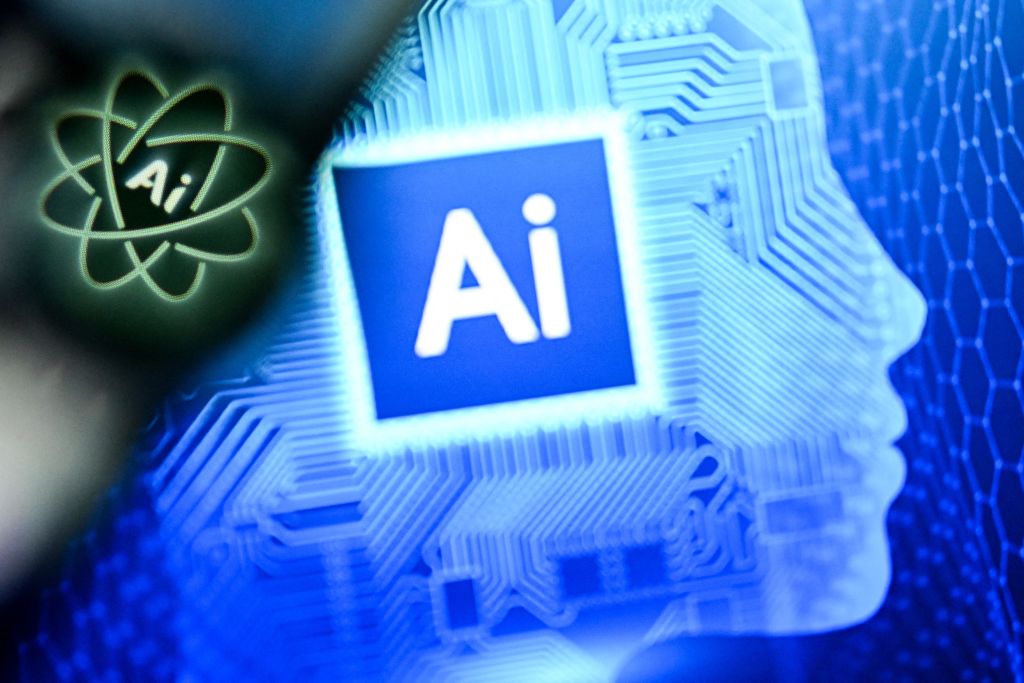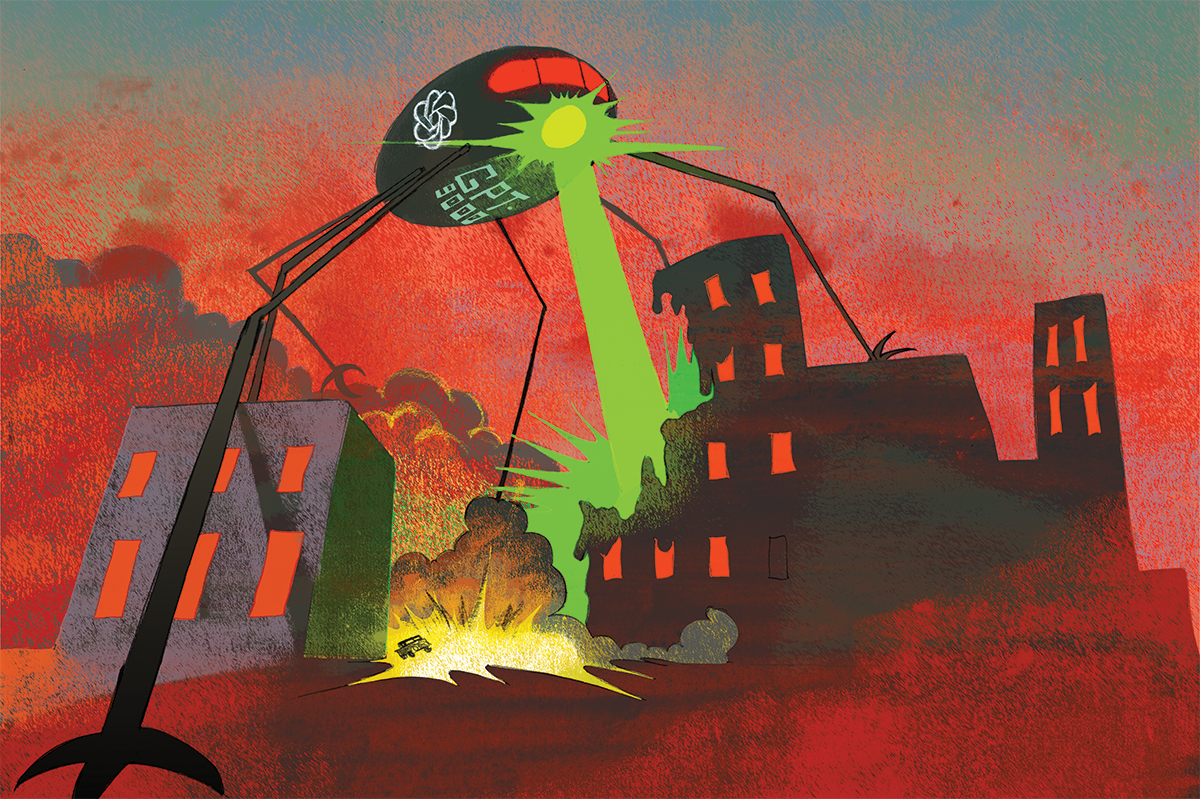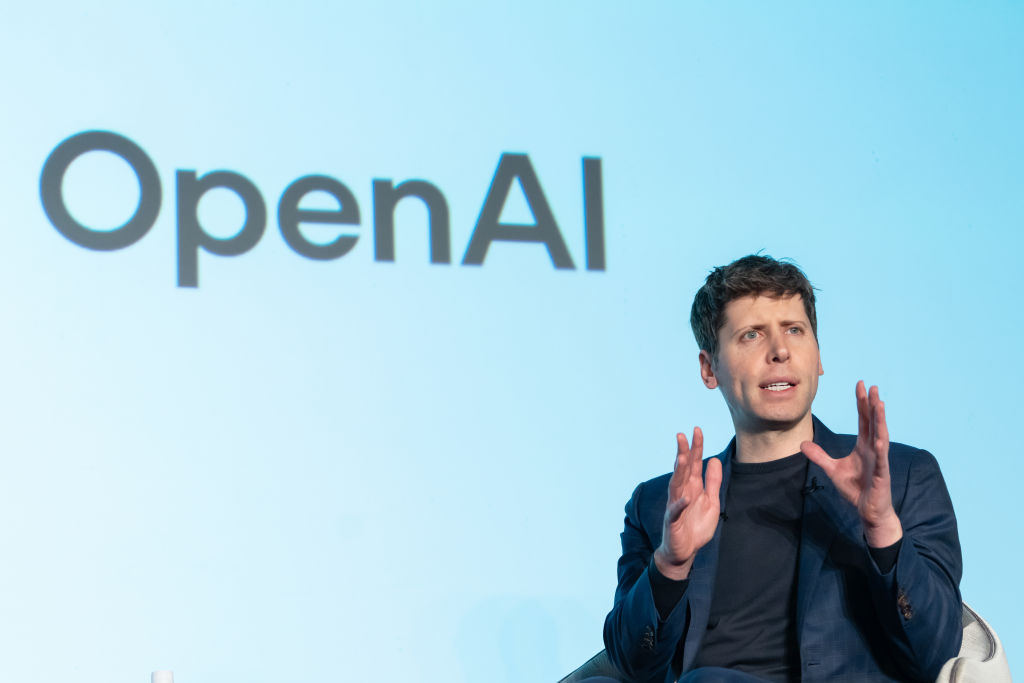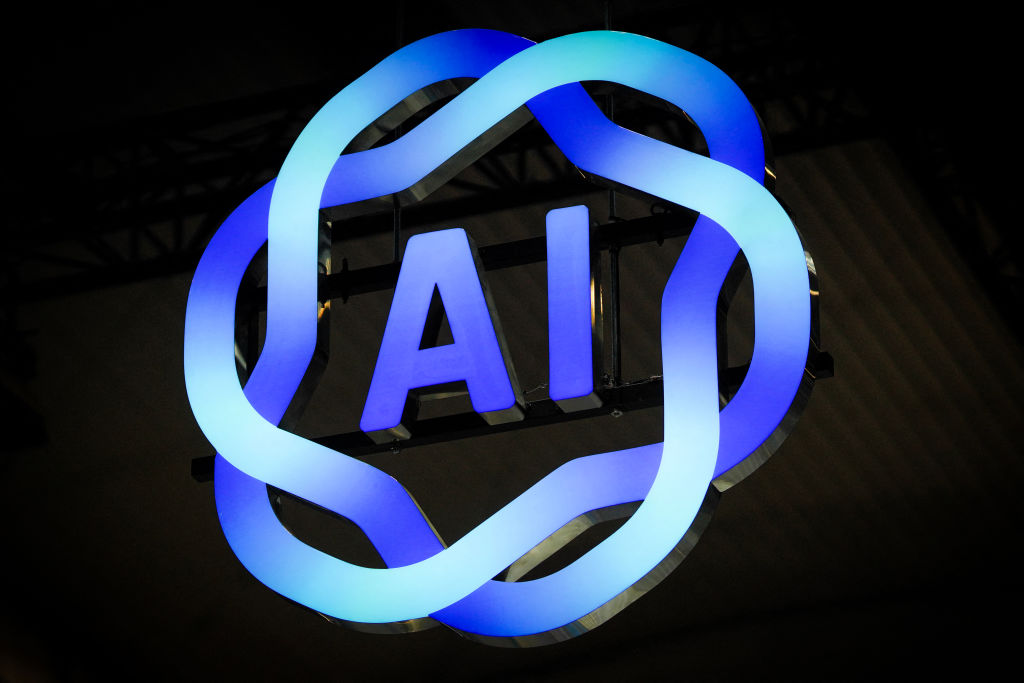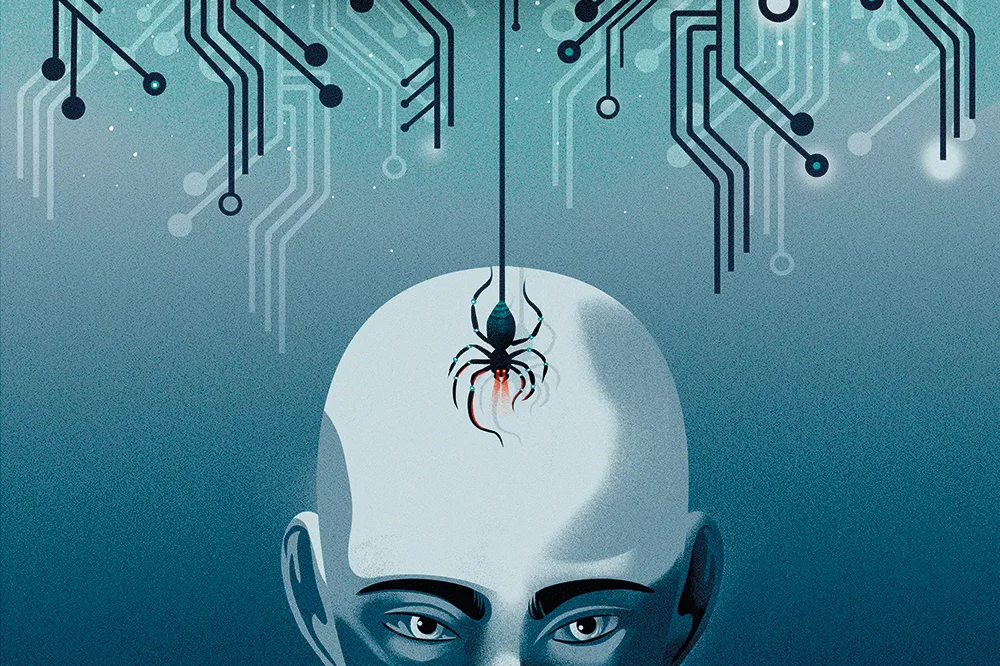The US Air Force conducted the first flight test of the XQ-58A Valkyrie drone, from Kratos Defense and Security Solutions, piloted by artificial intelligence, on July 25. The test was part of a years-long effort headed up by the Air Force Research Lab designed to integrate advanced technology into the Air Force’s arsenal. The lessons learned and data gathered from the test will be applied to the Collaborative Combat Aircraft program, which seeks to procure an unmanned combat drone capable of working — collaborating — with manned systems, like a traditional fighter jet.
Bringing AI into the fold offers numerous benefits to the modern warfighter. The modern battlefield is going to be in large part a question of information processing, or which combatant can receive, analyze and apply the most data. In Ukraine for example, Kyiv has been using an extensive integrated communications system (though not with AI) allowing its military to fight with the most up-to-date information and its units to operate with a significant degree of agility. AI has the ability to rapidly collect and synthesize data and then transfer it to a soldier or pilot who can make the judgment call — forcing the warfighter to do everything would simply be too overwhelming.
Another benefit to AI in drones is that it will help to reduce the number of soldiers needed to fight (a conspicuous benefit in an age when recruiting shortfalls are becoming the norm). Fewer soldiers also makes logistics easier and reduces operational costs. In a rapidly developing and highly contested battlefield — such as one in the Pacific — those benefits will prove significant. Most importantly, however, it keeps more Americans out of harm’s way.
AI, and drone technology more generally, also offers a solution to a serious problem facing modern war planners: attrition. As Russia’s invasion of Ukraine has shown, a modern interstate conflict will be more similar to World War Two than to the War on Terror. Losses of equipment will be steep, but at the same time, that equipment is also getting more and more expensive. Whereas the US produced thousands of P-51 Mustang fighters in World War Two, it produced less than 200 F-22s. Since the first F-35 was accepted into service in 2011, only about 960 have been produced, a portion of which have gone to US allies. It does not take a math whiz to realize that in a major conflict — which will surely be fought over an extended period of time — losses will be large.
Technology like the Valkyrie can help to reduce the threat that attrition poses because it is far cheaper than, say, the F-35 — between $2 million and $4 million for the Valkyrie compared to around $80 million for the F-35A. The Air Force would still need manned fighters like the F-35, and in significant numbers, but a large, inexpensive and expendable fleet of AI-piloted drones would go a long way in making a major war winnable. The plan for the Next Generation Air Dominance sixth-generation fighter to replace the F-22, for example, is to have two drone wingmen per manned aircraft (of which there will be 200). Combined with a pair of drone wingmen for each of 300 F-35s, that means 1000 drones.
AI-piloted drones will surely raise important ethical quandaries as well. How will the machine determine what is an enemy and when to fire? What is the margin of error? What are the parameters? How involved should a human be in every decision to use lethal force? Those are just some of the questions that will have to be answered before the widespread adoption of this kind of technology. A world where computers determine when and where to drop a bomb is a dangerous and morally hazardous one indeed.
As the world enters a dangerous new era, AI and drone technology will become an increasingly significant part of warfare — and that includes use by actors who do not care about the laws of war. America is going to have to remain at the forefront of the ethical use of AI in conflict if Washington is to maintain the post-World War Two global system. Failure to do so risks ceding the field to powers such as the Chinese Communist Party that are rapidly charging ahead with their own AI development.














